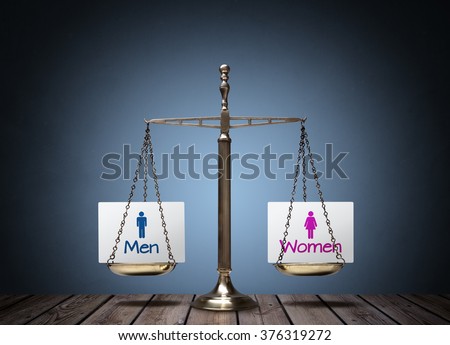Rooney Rule
The next major breakthrough for inclusivity in the NFL was not even intended to directly benefit women. In 2003, the NFL established the Rooney Rule, which mandated that all NFL teams must interview a minority candidate for a vacant head coaching position, and was eventually expanded to include general manager positions in 2007. During the early 2000s, the workforce continued to become more diverse as increased amounts of women and minorities entered the workforce due the economic boom. “The catalyst for the Rooney Rule was the firing, in 2002, of two African-American head coaches: Tony Dungy, by the Tampa Bay Buccaneers, and Dennis Green, by the Minnesota Vikings. It had been Green’s first season with a losing record in ten years as head coach; Dungy became the first coach with a winning record to be fired by the Bucs. In a study released later that year, Mehri and Cochran demonstrated that even though black head coaches won a higher percentage of games, they were less likely to be hired and more likely to be fired than their white counterparts.” (Freedman). The rule was created to avoid ever discriminating against a minority based on the color of their skin. The rule saw noticeable success as minorities who held a head coaching position increased from seven, in 2003, to 13 individuals holding a position by 2014. Despite the documented success, there are still many critics of the rule who claim it is patronizing and tokenism because they are being interviewed solely because of the color of their skin (Reid). These claims are flawed because it allows minorities the opportunity to apply for more vacancies, and increase their chances to be considered for a position which is important because increased opportunities is the only way for minorities to successfully break the stereotype surrounding leaders in our society. Another key benefit of the Rooney Rule is that even if a minority candidate is interviewed for a position for which they are not selected, they are still gaining valuable interviewing experience to bolster their skills and increase their chances of obtaining future positions.

Following the mixed reception of the NFL’s Women’s Summit and the documented success of the Rooney Rule, in 2016 the NFL implemented a “Female Rooney Rule” which requires that a woman be interviewed for every opening for an executive position in the league office. This rule marked the first formal and documented effort by the NFL to increase the number of women in the NFL and to provide women with an opportunity to succeed in the sport. The NFL’s commissioner, Roger Goodell, described the Rule as “progress is being made… And our commitment is we have something called the Rooney Rule, which requires us to make sure when we have an opening, that on the team or the league level, that we are going to interview a diverse slate of candidates. Well, we’re going to make that commitment and we’re going to formalize that we, as a league, are going to do that with women as well in all of our executive positions. Again, we’re going to keep making progress here and make a difference” (Patra). The key phrase of Goodell’s description of the rule is the term “commitment” which shows that NFL, after the backlash against the Women’s Summit, had finally committed to making a concentrated effort to provide a opportunities for women to hold leadership positions. The Rule is relatively new, meaning there is insufficient data to judge its effectiveness, but already some argue that “the NFL evidently intends for the new wrinkle in Rooney Rule to help promote a more diverse, inclusive, and productive workplace. Here’s the thing, though: if the organization you work for needs a policy that requires its decision-makers to interview at least one candidate from any type of minority group, realize that it may not have a discrimination problem. No, it has an organizational culture problem” (Igel). The notion that interviewing quotas are evident of a problem in culture is somewhat obvious, but it shows that the NFL is aware of its cultural deficiencies and is actively working to break the cycle of its masculine culture by pushing teams to seek out influence from individuals who come from various backgrounds. The rule will hopefully bring in more qualified women who can provide leadership to bring the NFL into a more progressive culture, but it is clear that the NFL has more work to do on inclusivity.
